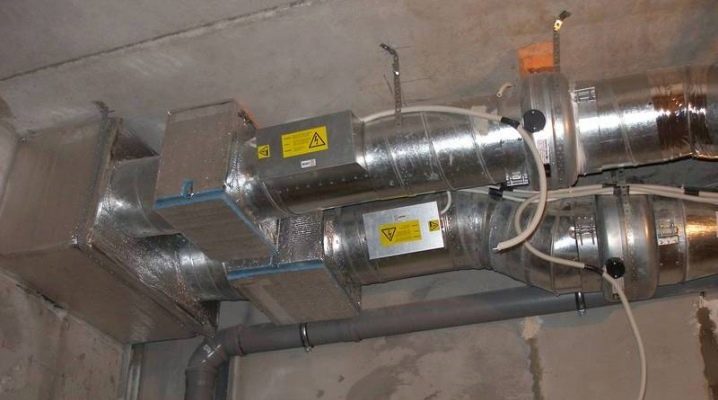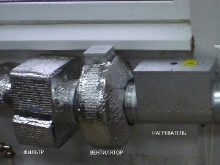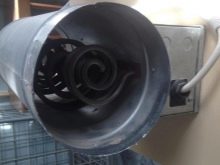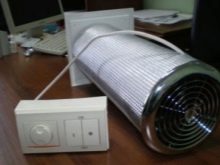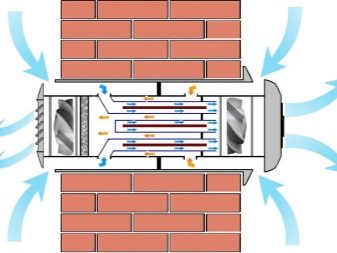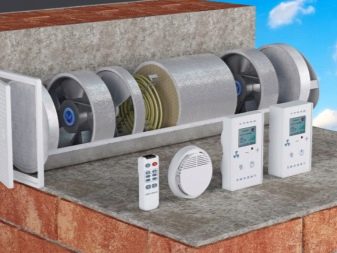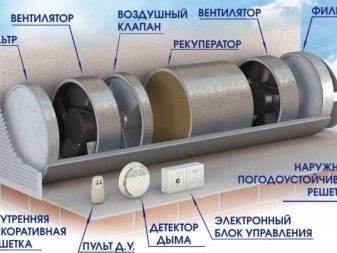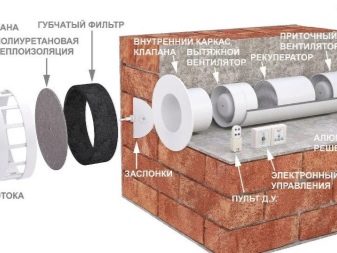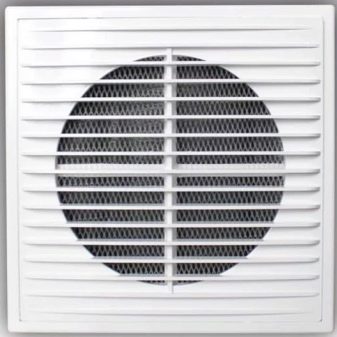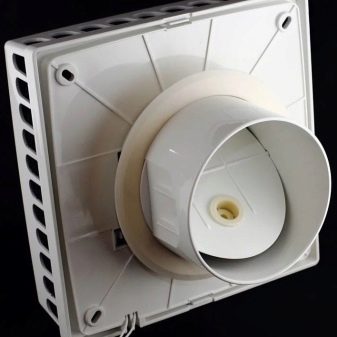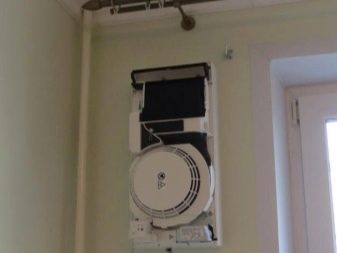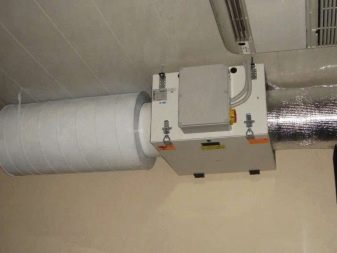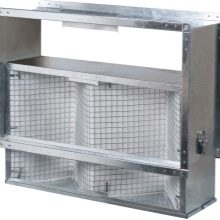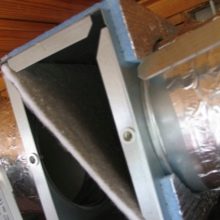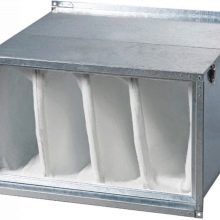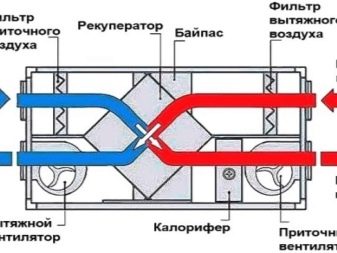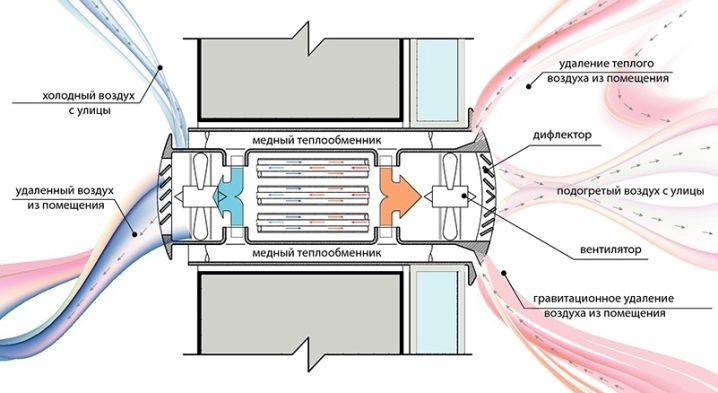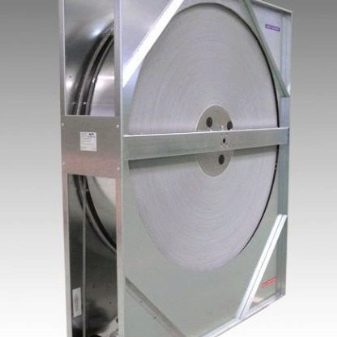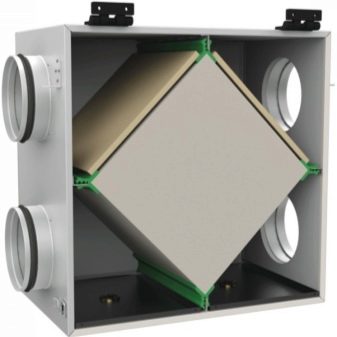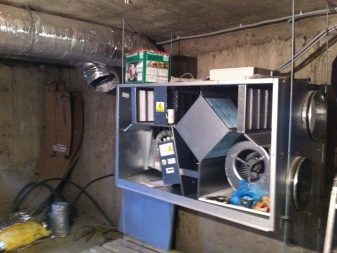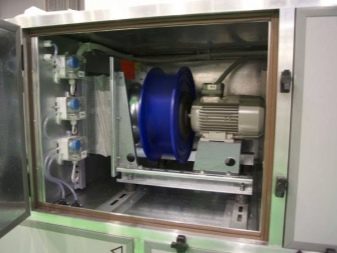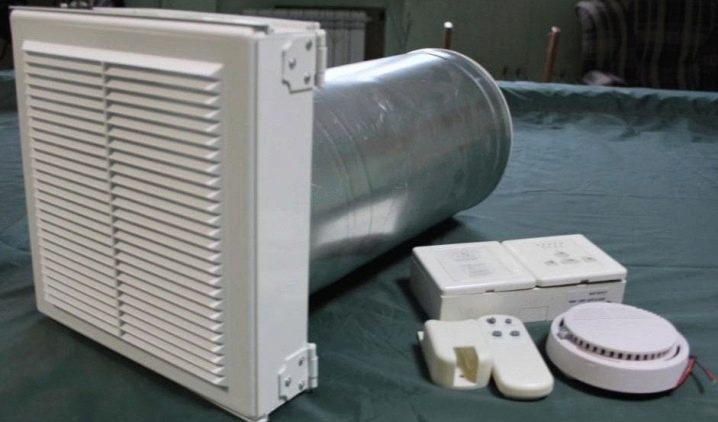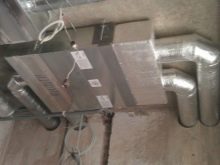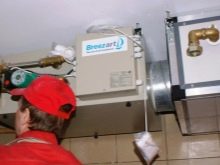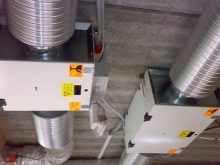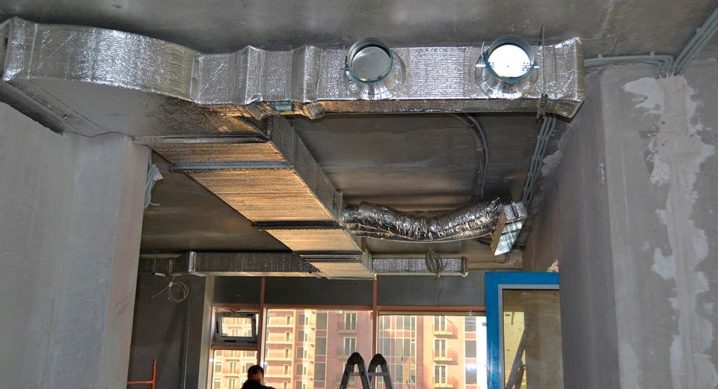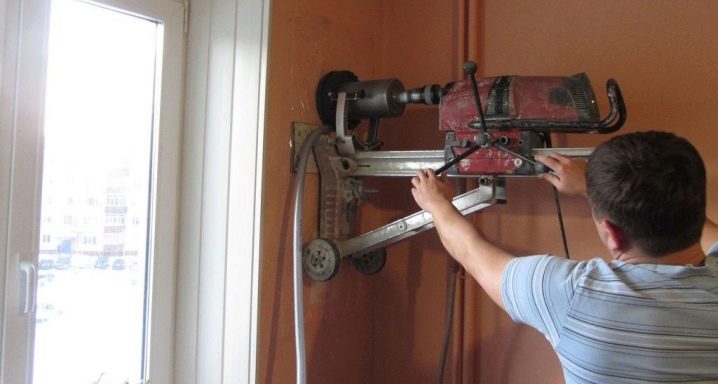Air ventilation with air heating: features of the device and installation of the system
It is very important to pump air into houses and industrial buildings from the outside, nobody argues with this. But there is a nuance: in the winter, the atmosphere outside is cooled very much. Therefore, it is necessary to equip the ventilating complexes with means of heating, which forces them to make adjustments both in their device and in the subsequent installation.
Special features
Air ventilation with heated air contains either fans that provide heating, or a radiator with increased heat release. This is the main link that ensures the normal stable operation of the system. Filters are usually used to delay the entry of large dust particles. Along with such components, many developers prefer to install moisturizing systems.Ultraviolet emitters help to cope with the penetration of harmful microorganisms.
This bundle provides:
- full exchange of air;
- raising its temperature to acceptable values;
- cleansing;
- increase in humidity of inflow.
It is easy to see that these combinations are the best choice for the winter period. An increase in the temperature of the inflow is ensured by the use of a heat exchanger - it takes heat from the air leaving the room, while at the same time eliminating the mixture of oncoming flows. For this purpose, the device has a pair of separate channels located as close as possible to each other. But not always such a device allows you to provide a full heating of the atmosphere of the apartment or private houses without the use of heaters. The fact is that at the onset of frost, the amount of energy that can be taken from the outflow does not cover the temperature difference between the room and the street.
Components of the equipment
Directly on the street is the air intake grille. It is needed not only to stop dust and other particles that are abundantly brought by the wind.With proper selection, this device will even become a visual adornment of the ventilation output. Plays a big role and valve. It is he who will prevent the uncontrolled flow of fresh air, even if other parts are de-energized and cannot work.
In winter, the valves are especially valuable - they prevent excessive air flow. This turns out to be extremely wasteful, but not only in terms of heating costs. Each cubic centimeter of air mass delivered from outside is the additional cost of the fan and the loss of its resource. In most systems, valve control is automated; this is achieved using an electric motor.
Talk a lot about filters does not make much sense. But it is important to remember that they are replaced every 6 months. For heating the air entering the room of a small volume, it is recommended to put the heaters with an electric heater. If the building is large enough, it is more profitable and practical to install a water apparatus. In addition to these parts and the heat exchanger, they also install fans (which create air flow) and diffusers (which give it a specific direction).
How it all works
The concept of work is quite understandable.When the air, having got into the house, will spend there some time, it will be inside the suction device. Through this system, part of the waste mass goes outside. And what remains remains further - in the mixing compartment. The combination of dissimilar air masses allows creating a feeling of a uniformly heated atmosphere.
Important: it all depends on the settings. There is a mode in which, instead of heating, a similar intake system begins to cool the air. At the next stage, the flow rushes, depending on the situation, into the heaters or air conditioners. Already from them through the ventilation ducts it penetrates into the serviced premises themselves. The role of the re-rotation through the mixing chamber is to reduce the load on the intake system.
The normal action of the entire complex is achieved if the influx from the outside is at least 10% of the total air being turned around. Otherwise, negative hygienic consequences occur. To justify this with any kind of savings will not work. Important: even the observance of the previous conditions will not allow to provide a full atmosphere in the house if the air inside contains more than 30% of toxic substances.As for recuperators, they are usually divided into two types - rotary (electrical) and lamellar (mechanical). The latter differ in small size.
Automated systems
Like any other objects of communal infrastructure, the forced ventilation with air heating can be equipped with automatic equipment. The practice of use has shown that such systems are very convenient and practical. But their distribution is significantly limited by the high cost (even at the service stage), as well as the need to involve specialized installation organizations. Construction management occurs through a special console.
Most equipment options are complemented by a timer that provides autonomous start-up and an equally independent shutdown. Direct connection of the heating equipment to the exhaust fan is allowed. So that the heaters do not provoke a fire, they are equipped with a control thermostat. A pressure gauge is used to monitor pressure and respond to changes in a timely manner. All these components must have certificates of conformity.
What you need to know about the installation of systems and their specifics
There is no need to equip large buildings with local inlets. The use of air conditioners is also meaningless, it is much more correct to feed the entire air into the building. The air supply from the inlets for individual zones occurs through the air ducts. Given the complexity of modern ventilation units, it is almost always necessary to entrust the installation to their professionals. When designing, you must first calculate the total power, and then determine other parameters.
If you plan to ensure the flow of fresh air into a city apartment, you should give preference to compact devices. But the airing of private homes is required to carry out at the expense of more powerful devices, because there are much more problems. But you can not chase the abstract power, because the flow of fresh air and the removal of waste masses must be coordinated. If their volume varies greatly, then even a formal compliance of the ventilation with the needs of people does not save. Valves through which air flow occurs should be installed only in specially defined places.
It is required to choose a site from a window to the heating battery.Duct ventilation systems are not recommended. Their practicality is questionable, and the overall required space is quite large. Often, pipes with a cross section of 10 cm and fans with a total capacity of up to 150 cubic meters are used for heated inlet ventilation. m. air per hour. Filter housings are mounted with rubber gaskets to help reduce the intensity of vibration propagation.
Heaters that receive heat from the heating system are made on the basis of metal tubes. Further movement of the warmed air is provided by the fan. Important: such systems can take quite a lot of space. They are used mainly in greenhouses and industrial objects of various kinds. Connecting to central heating networks is not welcome, because the temperature needs to be precisely controlled.
The pros and cons of various types of ventilation (natural and forced) are described in detail in the video below.
